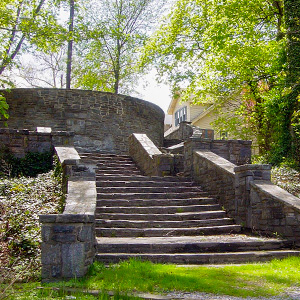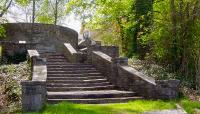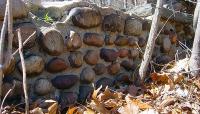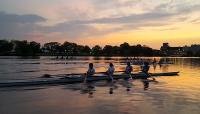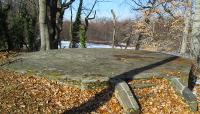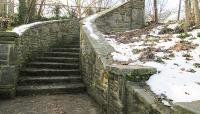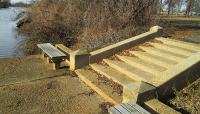Landscape Information
This 346-acre linear urban park spans five municipalities in Camden County and was developed between 1925 and 1940 by the county and its parks commission. The Cooper River Valley was settled in the 1680s and the river was first used for mills and the transport of goods. By the mid-nineteenth century, rapidly growing Camden County was a center of industry. In 1923, Charles Leavitt, Jr., was hired by the county to develop a public park system. Although Leavitt was eventually terminated as city planner, his landscape architecture firm, Charles Wellford Leavitt & Son, was retained to develop the system’s designs, which used principles from the City Beautiful movement. The Civilian Conservation Corps (CCC) and the Works Progress Administration (WPA) also provided design support and construction assistance.
Dredging, filling, and constructing a stone dam impounded a 2.5-mile-long section of the river to create Cooper River Lake, which was lined on both sides by graceful parkways. Locally quarried field stone was used for the creation of masonry retaining walls, stairs, bleachers, and a pavilion, the latter overlooking the terminus of a two-mile-long rowing course. A network of paved and unpaved paths throughout the park, meandered through wetlands and woodlands. The western section of the park features wide expanses of flat, open land with occasional groves of trees, while the eastern section is more densely wooded and contains areas of mature forest. A house built in the early 1700s was acquired in 1936 and renovated by the WPA to serve as park police headquarters. Although buildings and amenities have been added to the park since 1940, it has retained its original linear design, with the Cooper River as its focal point.




